SCHRACK Switch Disconnectors
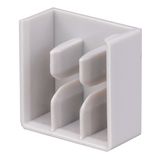
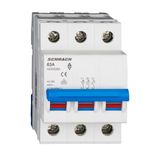
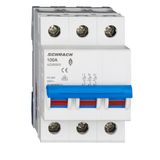
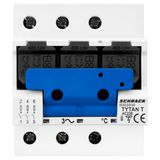
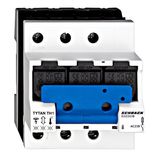
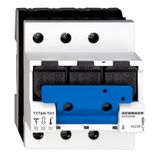
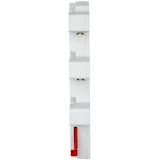

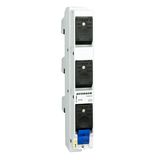

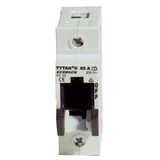

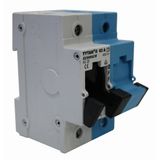

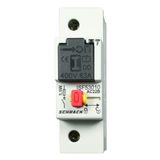
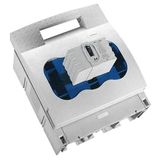


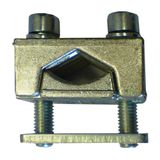
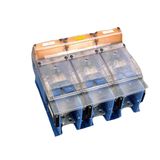
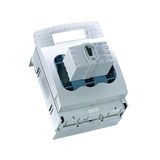
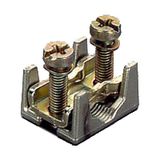


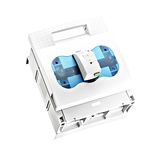
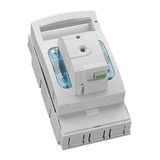
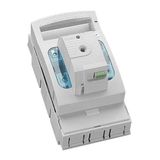
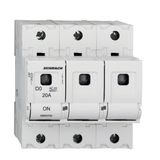


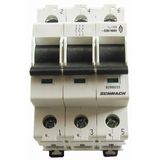

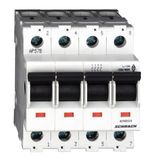

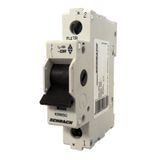
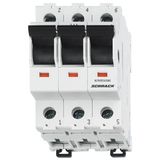
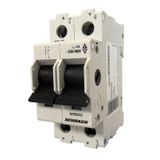
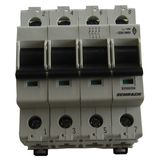

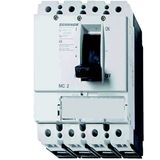


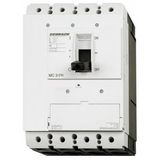
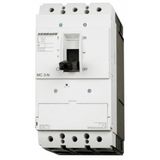



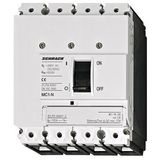
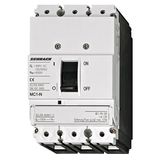
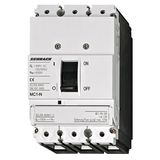
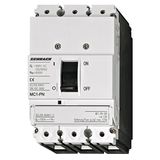
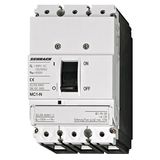

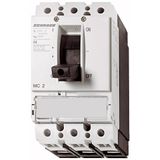

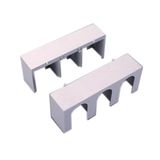
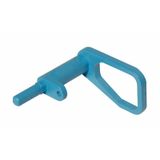
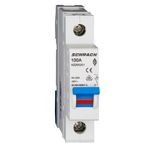

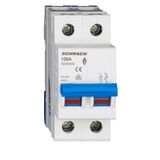
schrack switch disconnectors for feeders, motors, and maintenance zones
Install one at the head of each circuit when you need a visible, lockable isolating device with proven AC switching performance. Frames typically span 16…160 A (compact DIN and panel types) and up to 250…315 A on larger bases. Pole options: 1P, 2P, 3P, 3P+N (switched or solid N), and 4P. Utilization categories cover AC-21A (resistive), AC-22A (mixed), and AC-23A (motor loads) at 230/400/690 V. Rated insulation Ui to 690 V; impulse Uimp 6–8 kV by size. Door-coupled handles carry padlock hasps; shaft kits (100–320 mm) suit deep doors and recessed chassis.
Range and mounting styles engineers actually use
- DIN-rail bodies (18–54 mm module footprints) for distribution rows and control panels; front orange/black actuators or door-coupled shafts.
- Panel/through-door bases for MCCs; handles show I/O/TRIP position and accept up to three padlocks in OFF.
- Inline enclosures (IP65/IK08) with knockouts for local isolates on machines, conveyors, and fans.
Accessories: early-break/late-make auxiliaries, neutral/PE bridges, defeatable interlocks for set-up, door-release keys, legend plates, and shaft extensions.
schrack isolator switches ratings, endurance, and safety logic
Mechanical endurance commonly ≥ 10–20 k ops; electrical endurance stated per AC-xx category and amperage. Interlocks prevent door opening in ON; a maintenance defeater lets authorized staff open with a tool. Terminals accept fine strand with ferrules; torque tables are printed or molded near cages. Finger-safe IP20 fronts inside boards; enclosed versions reach IP65 for wash and dust. Short-circuit coordination data (with gg/ gL fuses or upstream MCCBs) is provided so the isolator remains intact after downstream faults.
Technical specifications and standards
Conformity: IEC/EN 60947-3 (switch-disconnectors, fuses combination where relevant), IEC 60204-1 (machinery wiring), EN 61439 integration in assemblies. Dielectric tests and temperature rise verified per frame. Pollution degree and overvoltage category declared by family. Handles: red/yellow for emergency off, black/grey for general isolation; ingress and impact per IEC 60529/EN 62262 on enclosed units. Ambient −25…+55 °C typical; derate in clustered rows or high-Ta cabinets.
schrack load break switches application mapping
- Motor feeders: upstream of contactor/overload or VFD for local LOTO; choose AC-23A ratings with 3P+N where harmonics are present.
- Heaters/transformers: AC-22A mixed-load duty; verify inrush and steady-state currents.
- Distribution risers: section isolators on verticals; fit door-coupled handles for safe, visible OFF during maintenance.
- Outdoor/local isolates: IP65 housings with drain geometry and stainless fixings near washdown or dust.
Wiring: keep line/neutral tails short; respect creepage from adjacent SPDs and AFDDs; mark handle positions on the schematic for FAT.
Coordination with breakers, relays, and enclosures
Isolators drop cleanly into Schrack boards and MCC sections beside MCB/RCBO/MCCB protection. Use shunt-trip on the upstream breaker for remote shutdown while the isolator provides visible disconnection at the load. Auxiliary contacts from the isolator can feed the PLC/HMI “isolate proved” bit; feedback simplifies restart logic after guarding or service.
Installation and service practices that prevent callbacks
- Size by utilization category at the actual operating voltage and ambient—not catalogue headline numbers.
- For door-coupled sets, align shaft concentricity; support long shafts with a bearing near the hinge to avoid side-load on the switch.
- In IP65 enclosures, route condensate away from shafts; use supplied gaskets and torque values to preserve ratings.
- Label padlock points and provide one spare hasp per panel; technicians won’t improvise.
- When isolating VFD outputs, place the isolator on the motor side and follow the drive maker’s sequencing to avoid DC bus stress.
Selection criteria for B2B teams
- Duty & category: AC-21A resistive, AC-22A mixed, AC-23A motor—pick the right curve for real life.
- Current & kA: rated Ie at voltage, Icm/Icw and coordination with upstream fuses/MCCB.
- Poles & neutral: 3P vs 3P+N switched for three-phase with leakage; 4P where neutral must be isolated.
- Mounting: DIN vs through-door vs enclosed; check depth, shaft length, and door cut-out.
- Environment: IP/IK, stainless hardware, UV stability, heater kits for cold rooms.
- Interfaces: auxiliaries for status, early-break for PLC, defeater policy for maintenance.
Integration and cross-category hints for OEMs
Tie isolators to contactor/overload stacks, soft-starters, and VFDs using published spacing; mount strain bars so door swing doesn’t pull terminals. In boards, reserve a segregated row for section isolators and use colour-coded handles to match the LOTO plan. For EV, HVAC, and pump skids, pair with Type 2 SPDs and RCBO policies already used in your assemblies to keep documentation uniform.
Procurement and kitting for rollouts
Standardize three frames (≤32 A, ≤80/100 A, ≤160/250 A), two handle colours, and two shaft lengths; add enclosed IP65 sets for local isolates. Pre-kit legend plates, auxiliaries, hasps, shafts, and mounting screws by panel. Include torque/position cards in the carton and record dial/handle coordinates on the CAD article list—installers finish faster and audits go smoother.
Advantages of working with Bankoflamps
You get engineered kitting—bases, handles, shafts, auxiliaries—matched to your drawings, with project pricing and live EU stock visibility. Quotes typically land in about an hour. Orders by EAN/MPN prevent variant drift; your portal shows lead times, shipment status, and downloadable price lists. Approved clients use post-payment up to 30 days. We consolidate partials and hold price-validity windows so phased MCCs and risers stay predictable. Our team checks utilization category, Icw/coordination, shaft geometry, and enclosure IP so pallets arrive ready to bolt and wire.